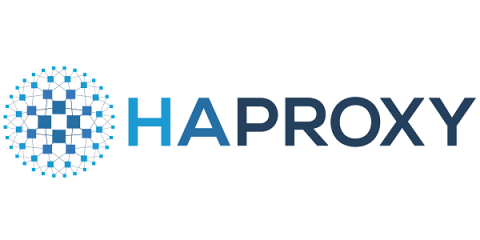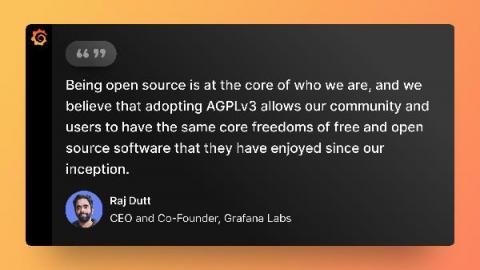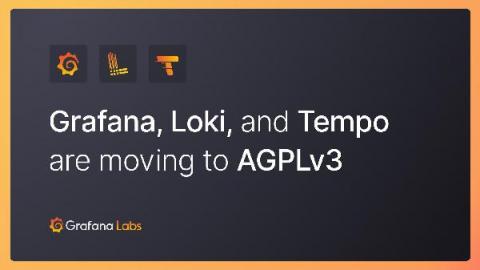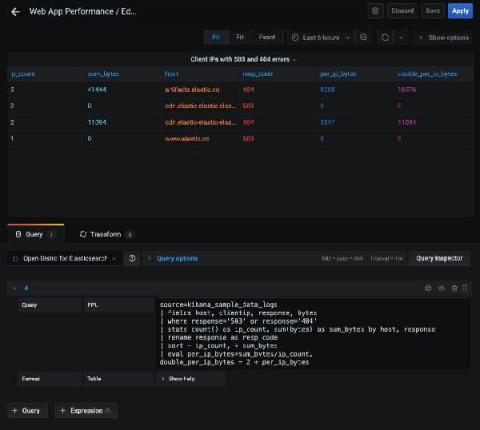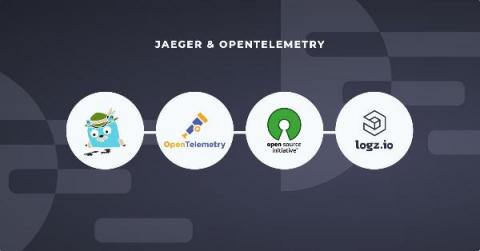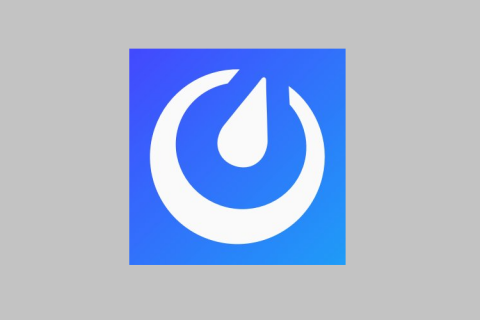Operations | Monitoring | ITSM | DevOps | Cloud
Open Source
Trying Out OpenSearch with Logz.io
I’m excited to see our vision for an open source path forward for Elasticsearch and Kibana taking shape with OpenSearch! Since Elastic announced its intent to close-source Elasticsearch and Kibana, we’ve been working in full gear to have an open source path forward for these projects. This is our commitment to our users, this is our commitment to the community. We’ve collaborated with AWS and others to fork Elasticsearch and Kibana and create OpenSearch.
Q&A with Grafana Labs CEO Raj Dutt about our licensing changes
When Grafana Labs CEO and co-founder Raj Dutt announced to the team that the company would be relicensing our core open source projects from Apache 2.0 to AGPLv3, he opened the floor for discussion and encouraged anyone who had further questions to reach out. We believe in honesty and transparency, so we collected hard questions from Grafanistas, and Raj answered them for this public Q&A. The time felt right. As I’ve said publicly before, I’ve been thinking about this topic for years.
Grafana, Loki, and Tempo will be relicensed to AGPLv3
Grafana Labs was founded in 2014 to build a sustainable business around the open source Grafana project, so that revenue from our commercial offerings could be re-invested in the technology and the community. Since then, we’ve expanded further in the open source world — creating Grafana Loki and Grafana Tempo and contributing heavily to projects such as Graphite, Prometheus, and Cortex — while building the Grafana Cloud and Grafana Enterprise Stack products for customers.
Introducing the new Open Distro for Elasticsearch plugin for Grafana, also available in Amazon Managed Service for Grafana
Back in December, Amazon Web Services (AWS) and Grafana Labs partnered to launch the Amazon Managed Service for Grafana in a preview to a limited set of customers. Amazon Managed Service for Grafana is a scalable managed offering that provides AWS customers a native way to run Grafana directly within AWS alongside all their other AWS services.
The genesis of SigNoz - A full-stack open source observability platform
Why we felt there was a need for a full stack open source observability platform and how we went about building it.
Profiles in Open Source: Dana Fridman & Contributing as a Product Designer
Dana Fridman is a design guru. Her contributions to UX at Logz.io are unmatched, and her input on upcoming updates to our app’s UI will be an achievement. But her portfolio is getting more than just Logz.io projects right now. As part of her work here, she is also making her mark on Jaeger. You see, Dana is the major design contributor to the open source Jaeger project. Open source contributions tend to be backend-focused and the domain of developers.
Building a Go-to-Market Strategy for Developer Tools
As a YC alum and co-founder of Mattermost, I often get asked by early stage YC companies about what it’s like to build a commercial open source business. With the start-up’s permission, we’ve started recording some of the Q&A sessions, transcribing them and sharing the more popular questions on the Mattermost blog in short form articles.
How We've Built an Open Source Community at Mattermost
Our community has been at the heart of what makes Mattermost great since the earliest days. The first community members were people who were trying out the earliest versions of the platform, filing bugs and wanting to make feature improvements. Our open source community has grown, contributing thousands of pull requests, from new features and plugins to translations and documentation.
Introducing Open Source Fridays
We’re excited to share that Mattermost has launched Open Source Fridays as a way to help our Engineering team have a structured opportunity to support and get involved in more open source projects inside and outside of Mattermost.


